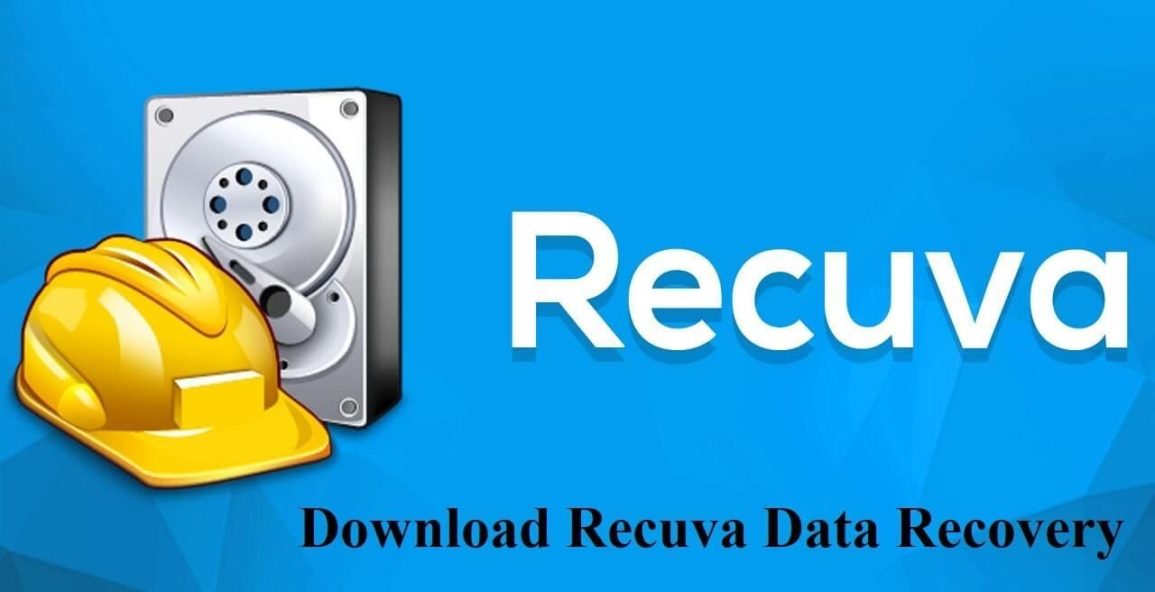
Introduction to Recuva
Recuva, developed by Piriform, is a software tool designed specifically for file recovery. The name “Recuva” is derived from the word “recover,” and it embodies the tool’s primary function: to help users restore lost files. This might include data that has been unintentionally deleted, formatted drives, or files that have become inaccessible due to system errors or crashes.
Detailed Features of Recuva
Comprehensive File Recovery:
- Recuva supports the recovery of various file types, including text documents, spreadsheets, images, audio files, and videos. This broad compatibility makes it useful for a wide range of users, from casual computer users to professionals.
User-Friendly Wizard:
- The software features an intuitive wizard that simplifies the recovery process. Users are guided through each step, from selecting the type of files to be recovered to choosing the location for the scan. This design reduces the potential for user error, making it accessible even for those with minimal technical knowledge.
Deep Scan Functionality:
- In addition to the standard scan, Recuva’s deep scan function uses advanced algorithms to search for traces of files that may have been partially overwritten. This capability is crucial for recovering files that might not appear during a standard scan, thus enhancing the chances of successful recovery.
Secure Deletion:
- Recuva includes a feature to securely overwrite files that users want to delete permanently. By overwriting the file’s data multiple times, this feature ensures that sensitive information cannot be recovered by any data recovery tool. This is particularly important for businesses and individuals who handle confidential information.
Portable Version:
- The availability of a portable version means users can run Recuva directly from a USB drive without needing to install it on a computer. This feature is convenient for IT professionals or anyone needing to perform recovery operations on different machines without leaving a software footprint.
Custom File Type Selection:
- Users can choose to recover specific file types, making the recovery process faster and more efficient. By focusing on certain categories (like images or documents), users can streamline their searches and minimize scanning time.
File Preview:
- Before recovering files, users can preview them directly within the application. This feature is essential for ensuring that the correct files are restored, especially when dealing with similar file names or formats.
Use Cases for Recuva
- Accidental Deletion: Users often accidentally delete files, whether through misclicks or by mistakenly emptying the recycle bin. Recuva can recover these files quickly and easily.
- Formatted Drives: If a hard drive or USB stick has been formatted and the data was not backed up, Recuva can help recover the lost files, assuming they have not been overwritten.
- Corrupted Storage Devices: Sometimes, devices like SD cards can become corrupted and inaccessible. Recuva may be able to recover files from these damaged drives.
- System Crashes: In the event of a system crash or software malfunction that results in data loss, Recuva can be a valuable tool to restore the lost information.
Limitations and Best Practices
Despite its strengths, Recuva has limitations that users should be aware of:
- Overwriting Risks: If new data is written to the drive after files have been deleted, the chances of recovery diminish significantly. Users are advised to stop using the affected drive immediately after data loss to maximize recovery potential.
- Variable Recovery Success: Not all files can be recovered, particularly if they were deleted a long time ago or if the storage device has been heavily used since the deletion.
- File System Support: Recuva works best with NTFS and FAT file systems. Users with different file systems may need to consider other recovery tools.
Best Practices for Data Recovery with Recuva
- Stop Using the Affected Drive: As soon as you realize data has been lost, minimize or cease using the storage device to prevent overwriting the data you want to recover.
- Run Recovery as Soon as Possible: The sooner you attempt recovery after data loss, the better your chances of success.
- Use a Different Drive for Recovery: When restoring files, always choose a different drive than the one you’re recovering from. This prevents any potential overwriting of recoverable files.
- Regular Backups: While Recuva is an excellent recovery tool, maintaining regular backups of important data is the best way to prevent data loss in the first place. Utilize cloud storage or external drives for backups.
- Keep Software Updated: Regularly check for updates to Recuva to ensure you’re using the latest version, which may include new features and improved recovery algorithms.
Conclusion
Recuva is a robust and versatile data recovery tool that caters to both casual users and those with more advanced needs. Its array of features, including deep scanning, secure file deletion, and user-friendly interface, position it as a go-to solution for recovering lost files. However, it’s important to remember that data recovery can be unpredictable, and users should take proactive steps to safeguard their information through regular backups. With the right approach, Recuva can effectively assist in restoring lost data, bringing peace of mind in an increasingly digital world.
